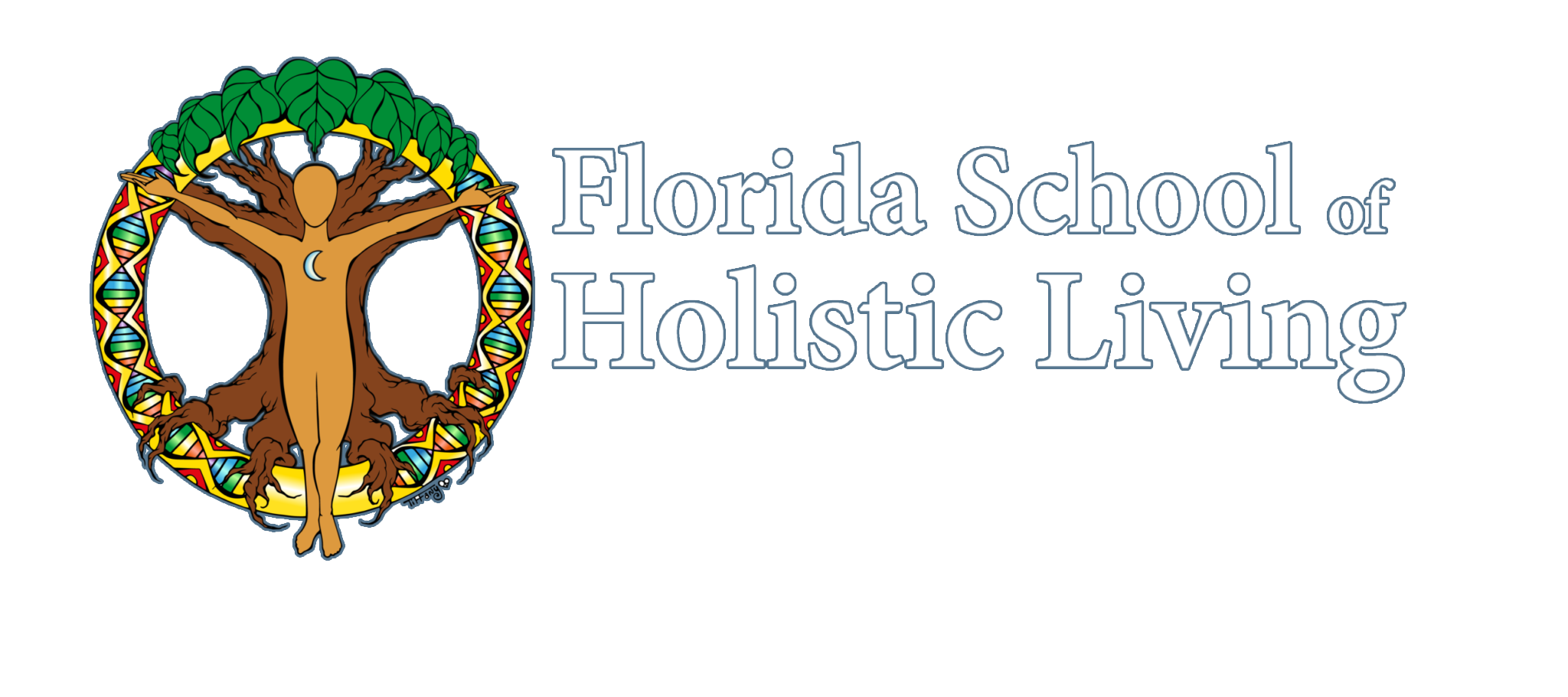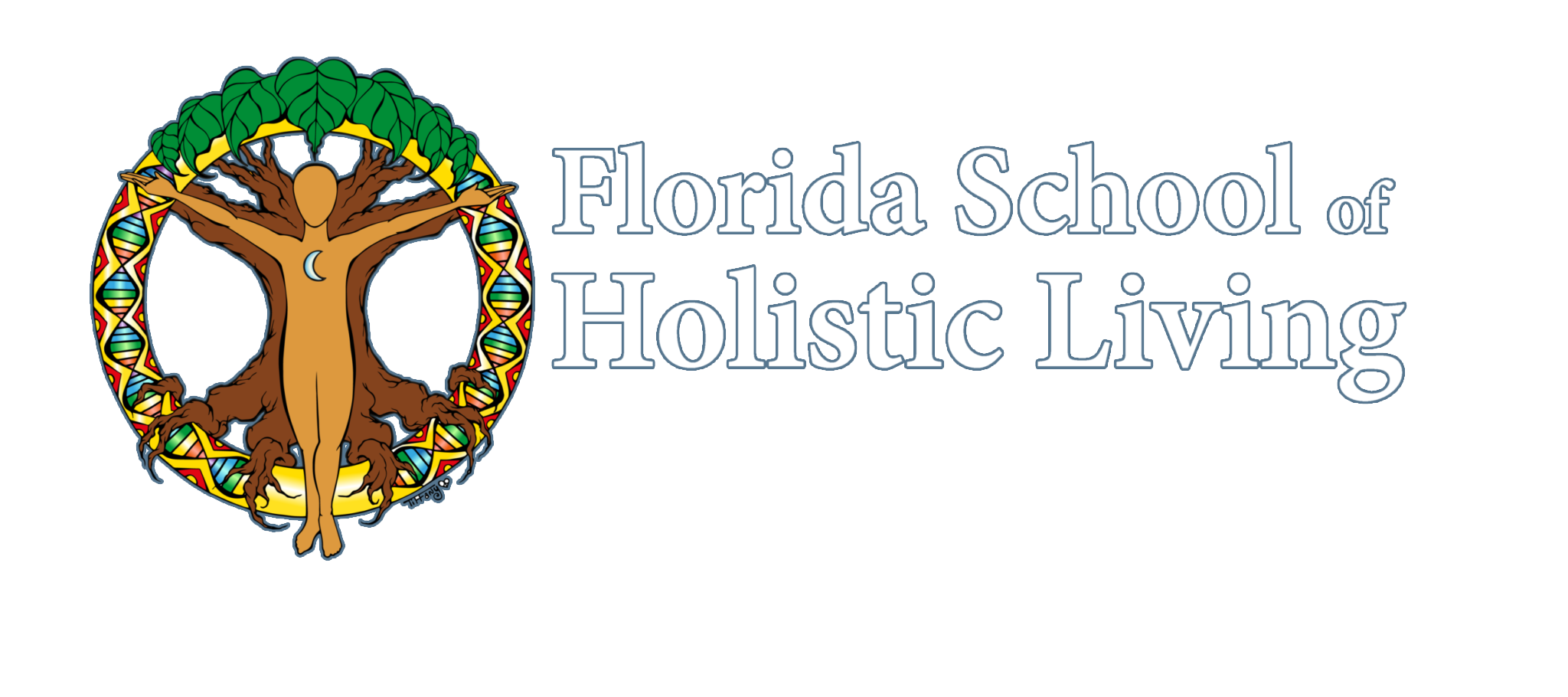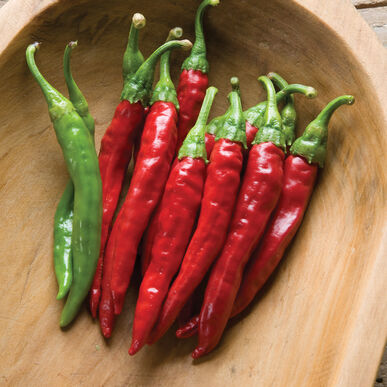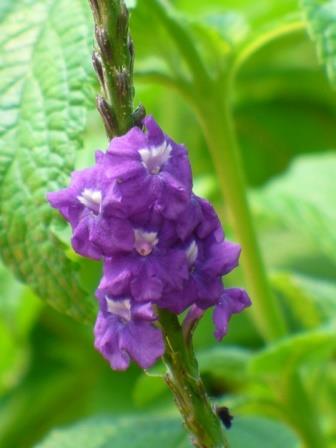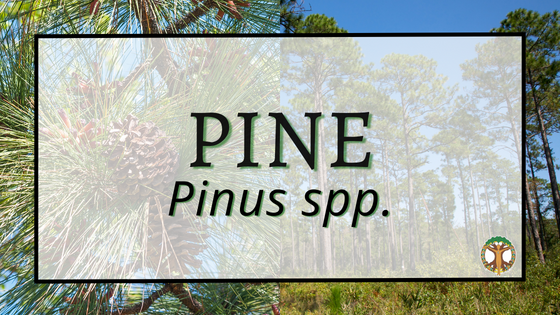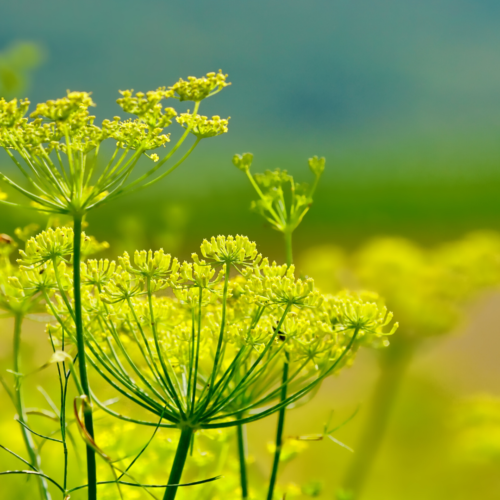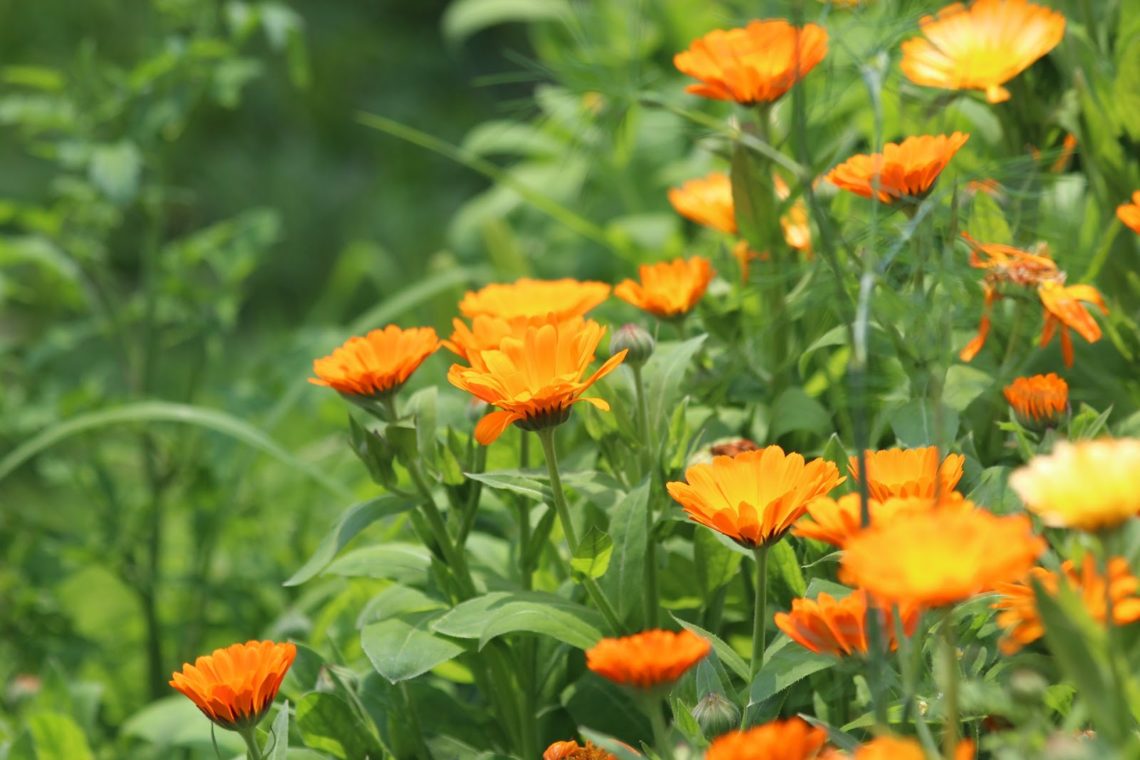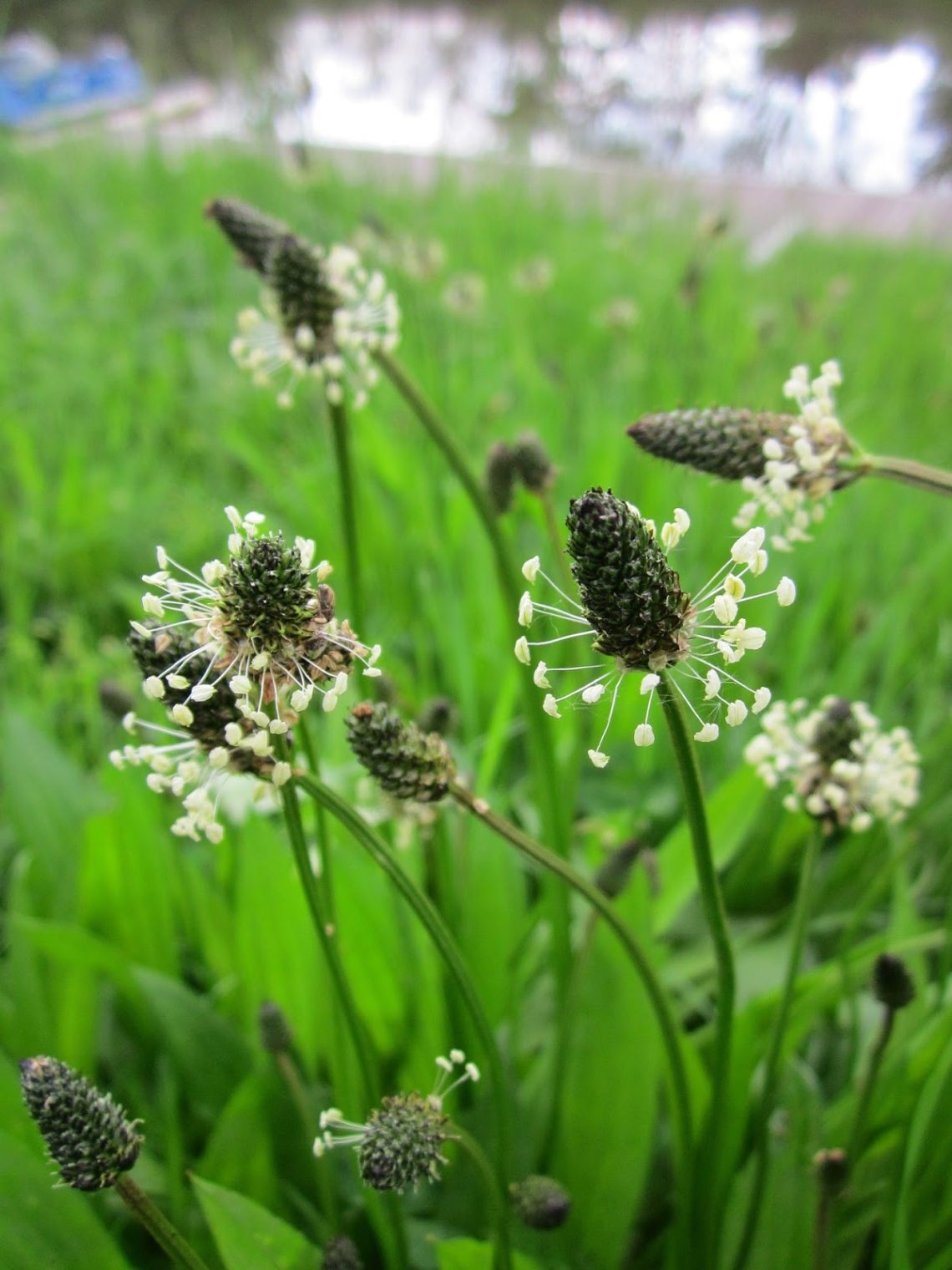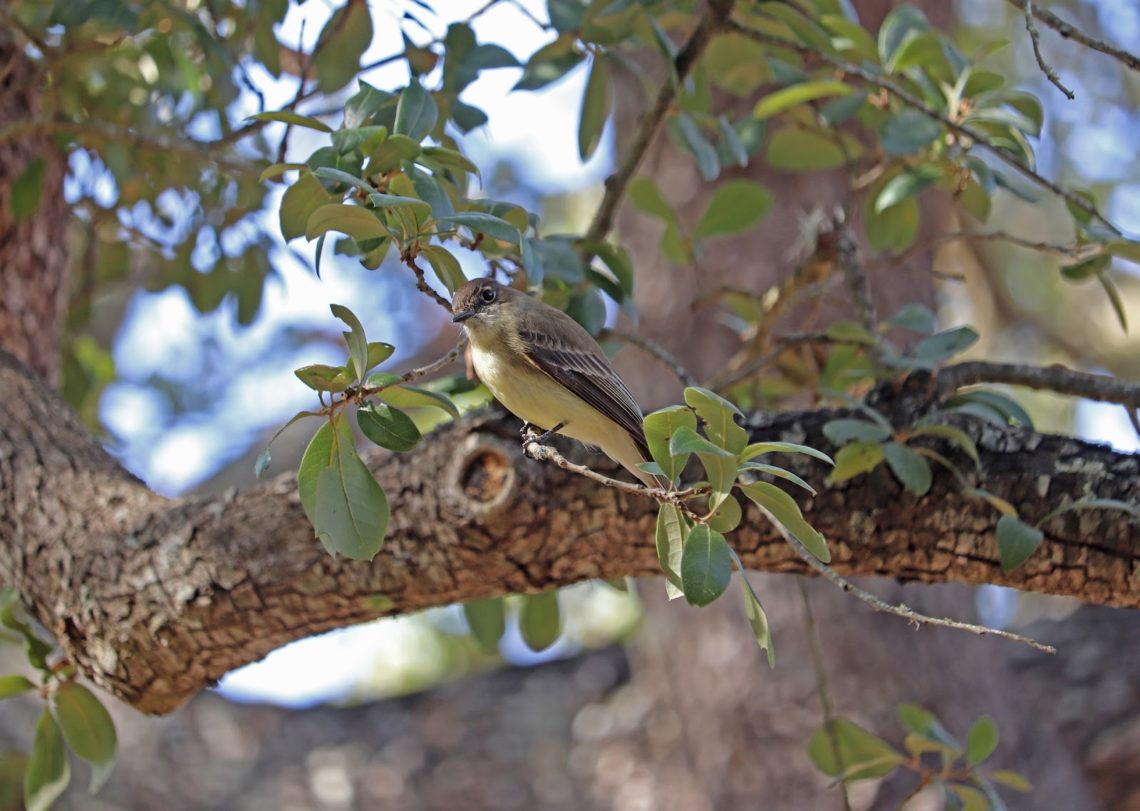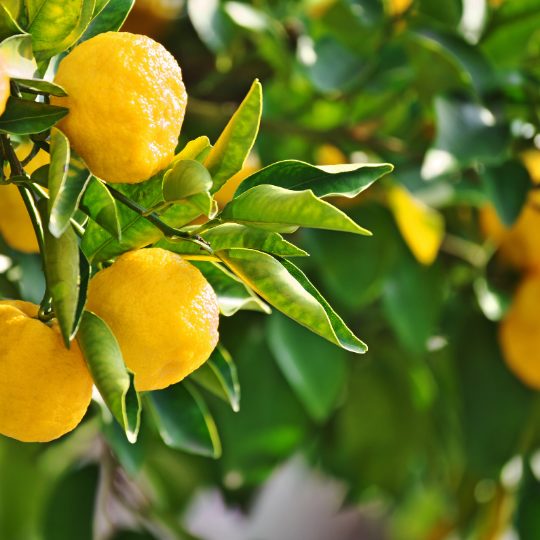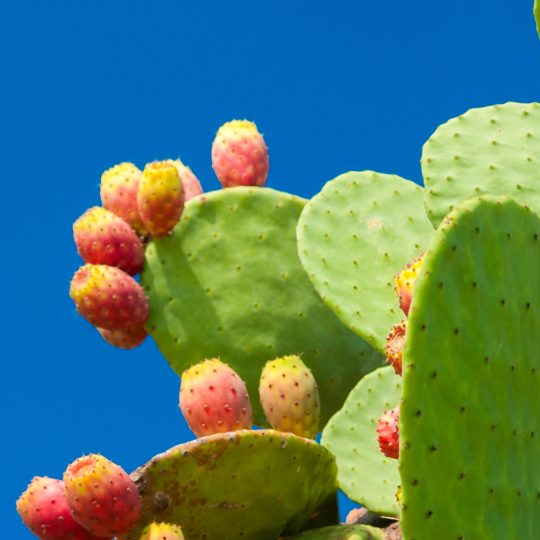-
Goldenrod
Common Name: Goldenrod, fragrant goldenrod Latin name: Solidago odora, S. gigantea, S. ulmifolia, S. bicolor, and many others Family: Asteraceae
-
Cayenne
Latin name: Capsicum annuum – Solanaceae Common name: Cayenne, chili pepper, chile Cayenne comes from the same Capsicum genus that includes many other peppers like habaneros and jalapenos. Capsicum peppers are from the western hemisphere where they have been used for thousands of years. The word Capsicum derives from the Greek word kapto meaning “to bite.”
-
Porterweed
Latin name: Stachytarpheta jamaicensis – Verbenaceae Common name: Porterweed, snake weed, blue porterweed, Jamaican vervain, worryvine, Brazilian tea
-
Pine
Common name: Pine Latin name: Pinus spp. (Pinus elliottii – slash pine, Pinus palustris – longleaf pine, Pinus clausa – sand pine, Pinus echinata – shortleaf pine, Pinus taeda – loblolly pine, Pinus serotina – pond pine, Pinus glabra – spruce pine) Family: Pinaceae
-
Fennel
Latin name: Foeniculum vulgare Family: Apiaceae Common name: Fennel Usage: The entire above-ground portion of the fennel plant can be utilized for food and medicine and have been for centuries. Valued by the Greeks & Romans, fennel tea was said to have been consumed before battle to give warriors courage. According to Greek myth, Prometheus carried fire from Olympus to Earth with a giant fennel stalk. The bulbs and leaves have a mild, anise like flavor that lend to delicious culinary dishes. The seeds of fennel are considered to be the more potent medicinal portion of plant due to their high aromatic oil content. The information contained here will generally…
-
Calendula
Latin name: Calendula officinalis – Asteraceae Common name: Calendula, pot marigold Usage: This sticky, golden, aster is well known as an all-star skin remedy. The resinous flowers are cooling and soothing topically, as well as internally. Infused in a carrier oil (olive oil, almond oil, etc), calendula flowers can aid in finding relief from irritated and inflamed skin issues such as: bug bites & stings, dry & cracked skin, eczema, minor burns such as sunburns, scrapes, cuts, and bruises. Both antibacterial and antifungal, calendula makes a wonderful addition to a formula to treat minor topical skin infections in the form of a poultice or compress. Calendula is a common herb…
-
Plantain
March – Plantain Latin name: Plantago major, Plantago lanceolata,Plantago virginica Family: Plantaginaceae Common name: Plantain The leaves of Plantago major and Plantago lanceolata, commonly known as plantain, are an essential component of any herbal medicine cabinet and first aid kit. Originating in Europe & Northern and Central Asia, P. major & P. lanceolata have become naturalized in North America. Plantain leaves are cooling, demulcent, and mildly astringent; these properties lend to plantain’s usage as an anti-inflammatory, antiseptic, analgesic, vulnerary, decongestant, and drawing agent. Commonly called the “green bandage” a poultice of fresh, mashed Plantago leaves can be used topically to address insect bites, stings, rashes, eczema, poison ivy/oak, and infections.…
-
Oak
February – Oak Latin name: Quercus spp. – Family: Fagaceae Common name: Oak Usage: The wood of the oak genus, or Quercus, has long been utilized for its strength and durability, from ship framing to tanning hides to wine barrels. Nearly every culture throughout history that encountered the oaks utilized the tree in some fashion. There is a fascinating and complex history that accompanies the oak throughout time, from utilitarian purposes to symbolism and ritual use. This write-up will focus primarily on the medicinal and edible applications of the Quercus genus. The outer and inner bark of the oak is the part of the tree that is used for its…
-
Citrus
January – Citrus Latin name: Citrus spp. – Rutaceae Common name: Citrus, oranges, lemon, lime, pomelo, grapefruit, mandarins, etc. Usage: Many of the common citrus fruits we know and love are not only delicious but also beneficial for both their nutritional and medicinal properties. The flesh, juice and rind of many citrus species have been utilized by humans throughout history. We will focus on oranges, lemons and grapefruits. The sweet orange (Citrus x sinensis) is an important crop in the state of Florida, along with grapefruits (Citrus x paradisi). Introduced by Spanish conquistadors in the 1500s, citrus crops evolved to become one of the state’s most valuable industries. According to…
-
Prickly Pear Cactus
December -Prickly Pear Cactus Latin name: Opuntia spp. Family name: Cactaceae Common name: Prickly pear, nopales, tuna, Indian fig, many different names by many cultures of people across the regions in which it grows Usage: The usage of the many Opuntia species is great and varied, from food and medicine to dye and water purification. This genus of cactus has historical and modern usage beyond that of nopal tacos (which is one superb way to utilize this spiky plant’s tender pads). Two species of Opuntia have particularly extensive histories of usage and modern science & research is delving in to further support this. O. cochenillifera is a host to the…
